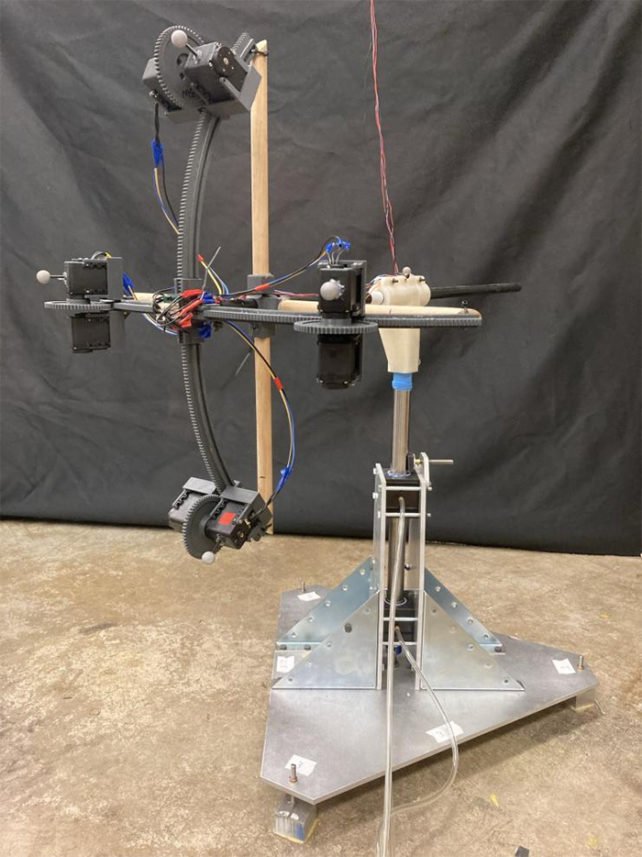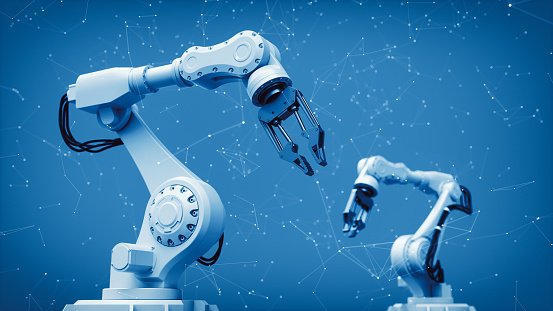An astronaut would have to kick and wave their limbs toward a haven in the vacuum if they were to find themselves unexpectedly adrift in the blackness of interstellar space.
Unfortunately for them, physics isn’t as understanding, leaving them to float in hopelessness for all of eternity. If the Universe were suitably curved, perhaps their writhing wouldn’t be so pointless.
- NEWS FLASH: Trump outlines the procedure for declassifying papers seized at Mar-a-Lago
- Rhine sinks below 40 centimeters in Kaub
Isaac Newton provided a clear explanation of why objects move hundreds of years before humans escaped the pull of Earth. The momentum of an action is preserved by the sum of the elements involved, whether it be the ejection of gas, a shove against hard ground, or the swish of a fin against a fluid, leading to a reaction that propels an item ahead.
If the air or water surrounding a fish’s tail is removed, each flap’s effort will push in the same direction as it pulls in the opposite direction, leaving the poor animal to flutter feebly without any net movement in the direction it wants to go.
Early in the twenty-first century, physicists debated a way to circumvent this rule. Changes in an object’s shape or location may not necessarily follow the standard principles for how momentum is exchanged, necessitating the lack of a propellant if the 3D space in which this movement takes place is curved.
The geometry of curved spacetime itself may allow for a small net change in an object’s position to result from the right kick, flap, or flutter.
On the one hand, it is as evident as witnessing a rock fall to the ground that the curvature of spacetime affects motion. In his general theory of relativity from more than a century ago, Einstein addressed the issue.
A completely different challenge is demonstrating how the wavy hills and valleys of warped space might impact an object’s capacity for self-propulsion.
A group of scientists from the Georgia Institute of Technology, Cornell University, the University of Michigan, and the University of Notre Dame built a model of curved space in the lab to see this in action without having to go to the closest space-warping black hole.
Their mechanical representation of a sphere was made up of a number of masses that were moved along an arching crossroads of rails by actuated motors. The entire setup was mounted to a rotating arm and positioned so that the drag from friction and gravity would be as little as possible.

The system was balanced so that the bend in the tracks would have the same impact as a considerably curved space, but the masses were not isolated from the physics that govern our slightly flatter Universe. The team projected as much.
Gravity, friction, and curvature all worked together to create the robot’s movement, which had peculiar characteristics best explained by the space’s geometry.
Georgia Tech physicist Zeb Rocklin explains, “We let our shape-changing object wander over the simplest curved space, a sphere, to methodically analyze the motion in curved space.
“We discovered that the expected effect, which was so counter-intuitive it was disregarded by some physicists, did in fact occur: when the robot changed its shape, it inched forward around the sphere in a way that could not be explained to external interactions,” said the researcher.
Even though the effect was minimal, aligning our experimental findings with theory may aid in better locating technologies in areas where the curvature of the universe is significant. Understanding how controlled movements may affect ultra-precise location over time could become increasingly crucial, even in slight dips like the Earth’s own gravity well.
Of course, physicists have explored the concept of “impossible engines” with zero propellant previously. Small hypothetical forces have a tendency of appearing and disappearing in studies, leading to endless discussion on the viability of the underlying hypotheses.
Additional research with more precise equipment may shed additional light on the intricate consequences of swimming through the jagged edges of the cosmos.
We can only pray that our unfortunate astronaut will eventually reach a safe haven before their oxygen supply runs out due to the gentle slope of the emptiness surrounding it.
This study was released in PNAS.

